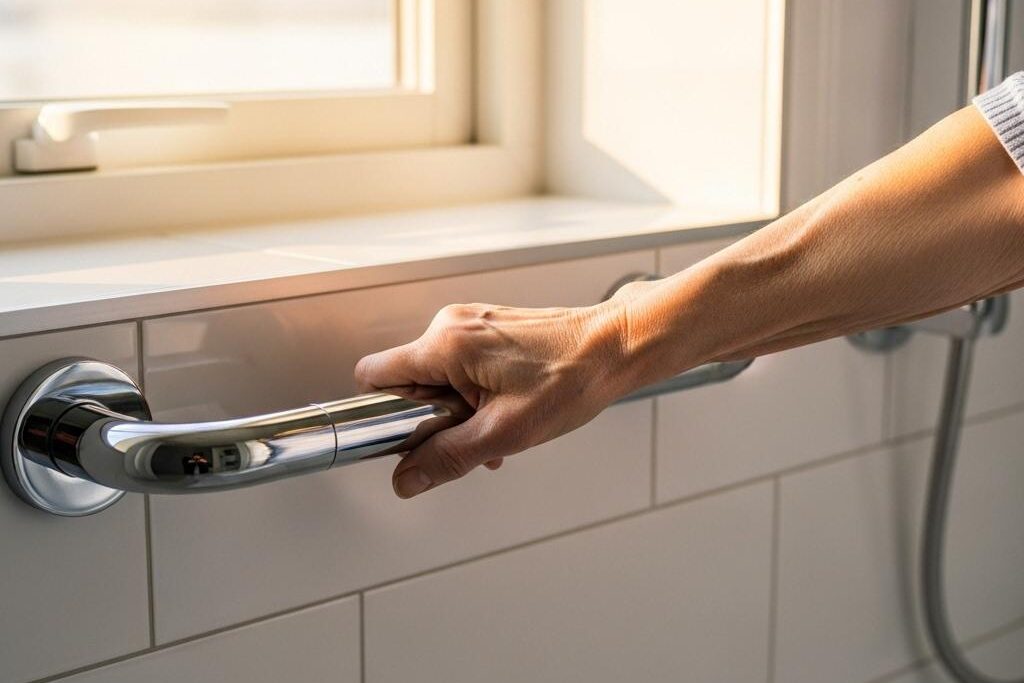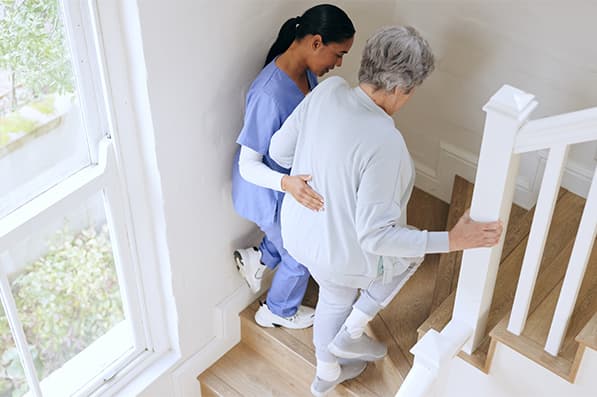Ensuring the safety of our elderly loved ones is a top priority, especially when it comes to their home environment. One aspect that is often overlooked is the use of safe electrical cords for seniors. These cords are essential in maintaining a secure and hazard-free living space for the elderly. In this article, we will explore the importance of choosing the right electrical cords and provide valuable tips to help you make informed decisions.
Electrical cords are used in almost every room of the house, powering essential devices and appliances. However, they can pose significant risks if not handled properly. For seniors, who may have mobility issues or impaired vision, these risks are even more pronounced. Therefore, selecting safe electrical cords for seniors is crucial to prevent accidents and ensure their well-being.

Understanding the Risks of Unsafe Electrical Cords
Unsafe electrical cords can lead to various hazards, including tripping, electrical shocks, and even fires. Seniors are particularly vulnerable to these dangers due to factors like reduced agility and slower reaction times. It is essential to recognize these risks and take proactive measures to mitigate them.
Tripping Hazards
Loose or improperly placed electrical cords can easily become tripping hazards. Seniors might not notice these cords, leading to falls that can cause serious injuries. To reduce this risk, ensure that all cords are neatly organized and secured against walls or furniture.
Electrical Shocks
Damaged or worn-out cords can expose seniors to electrical shocks. This can happen if the insulation is compromised, exposing live wires. Regularly inspecting cords for any signs of wear and tear is vital to prevent such accidents.
Fire Hazards
Overloaded electrical cords can overheat and potentially cause fires. Seniors may not always be aware of the load capacity of their cords and may inadvertently plug in too many devices. Using surge protectors and ensuring cords are not overloaded is essential for preventing fire hazards.
Choosing the Right Electrical Cords
When selecting safe electrical cords for seniors, there are several factors to consider. These include the cord’s length, durability, safety features, and more. Let’s explore these factors in detail.
Appropriate Length
Cords that are too long can create unnecessary clutter and increase the risk of tripping. Conversely, cords that are too short may require seniors to stretch or bend, which can be uncomfortable. Choosing cords of appropriate length is critical for both safety and convenience.
Durability and Quality
Investing in high-quality, durable cords is essential. These cords are less likely to suffer from wear and tear, reducing the risk of electrical shocks and other hazards. Look for cords made from robust materials with reinforced connectors.
Safety Features
Modern electrical cords come with various safety features designed to protect users. These include built-in surge protectors, grounding prongs, and insulated coatings. Opt for cords with these features to enhance safety for seniors.
Practical Tips for Using Electrical Cords Safely
In addition to choosing the right cords, there are several practical tips you can implement to ensure the safety of seniors when using electrical cords in their homes.
Regular Inspections
Conduct regular inspections of all electrical cords in the home. Look for signs of damage, such as fraying or exposed wires, and replace any compromised cords immediately.
Organize and Secure Cords
Use cord organizers and clips to secure cords along walls or behind furniture. This minimizes the risk of tripping and keeps the home environment tidy.
Avoid Overloading Outlets
Ensure that electrical outlets are not overloaded with too many devices. Use power strips with surge protection to safely distribute power and protect devices from electrical surges.
Educate Seniors
Provide seniors with information on safe electrical practices. Teach them to unplug devices when not in use and to report any unusual behavior in electrical appliances immediately.
Additional Resources for a Safer Home
Creating a safe home environment for seniors goes beyond electrical cords. Explore additional resources to further enhance the safety and comfort of your loved ones.
- Front door safety measures can prevent unauthorized access and accidents.
- Implement cooking tips to ensure kitchen safety.
- Consider threshold ramps for easier mobility.
For more information on creating a safe and accessible home for seniors, visit the WesleyLife blog.

FAQ
What are the best types of electrical cords for seniors?
The best types of electrical cords for seniors are those with safety features such as surge protection, grounding prongs, and insulated coatings. Additionally, cords of appropriate length and high durability are recommended.
How often should I inspect electrical cords in a senior’s home?
It is advisable to inspect electrical cords at least once every three months. Regular inspections help identify any signs of damage or wear, allowing for timely replacements and preventing potential hazards.
What should I do if I find a damaged electrical cord?
If you find a damaged electrical cord, it should be replaced immediately. Using damaged cords poses significant risks, including electrical shocks and fire hazards.
This article contains affiliate links. We may earn a commission at no extra cost to you.






